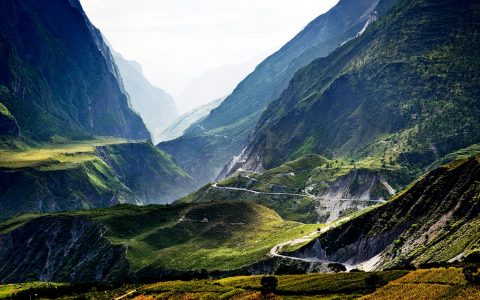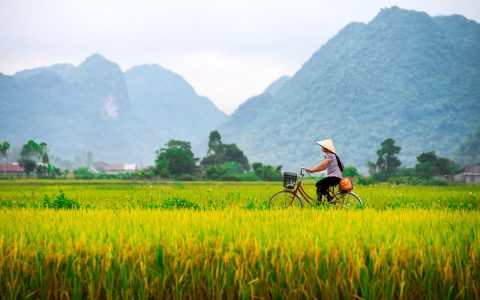Angkor Wat
and The Temples of Angkor
Five towers protrude from the base of a massive three-tiered pyramid, each crowned with intricately carved beehive-like tops. Home of the gods and centre of the Hindu universe, this breathtaking temple is Angkor Wat.
Angkor Wat: A Tribute to Vishnu

Constructed in the form of Mount Meru, a five-peaked mountain surrounded by six other mountain chains and oceans, Angkor Wat was constructed as the state temple of Suryavarman II at the height of Khmer rule in the early-to-mid-12th century and dedicated to the Hindu god Vishnu. (The temple’s uncommon westward orientation has led some to suggest that it was constructed as the funerary temple of Suryavarman II, but debate continues.)
What’s clear is that the exterior walls of the lower level are covered in nearly 2,000 bas-reliefs of Hindu stories and historical wars. Highlights include historical scenes of Suryavarman II’s campaigns against the neighbouring state of Champa on the south wall, as well as the famous “Churning of the Ocean Milk” on the east wall.
Other Temples of Angkor
While Angkor Wat stands the region’s most famous temple, it’s certainly not alone. After the Khmer empire arose in the ninth century under the rule of Jayarvaman II (c. 800–850), a long line of kings with impossibly long names followed, and Angkor became the capital of the Khmer empire. Much of Cambodia’s architectural legacy dates to this period between the ninth and 15th centuries.
See For Yourself
Our Mekong Grand Journey is an opulent adventure through Southeast Asia that defies even the loftiest of expectations. Go in deep in UNESCO-protected sites, stay at some of Asia’s most resplendent hotel properties and bike and walk some of its most prized routes. For a journey like this, “Grand” barely begins to describe it.
DETAILED ITINERARYThe temples are a testimony to the golden age of the Angkorian period. About 40 principal temples were built around the site of Angkor, spread across an area of about 400 square kilometres (250 miles). Hundreds more were built throughout the Khmer kingdom and can be found in present-day Cambodia, Thailand and Laos. Other Angkorian temples include the ninth-century Roluos Temple Group, Ta Prohm, Banteay Srei and Bayon.
Temple Architecture
As with many other aspects of their early culture, Indian architectural methods influenced the Cambodians. When the Hindu religion took root in Cambodia around the second or third century, many temples were built to honour Hindu gods and epic heroes, but by the seventh to eighth centuries Khmer architecture began to develop independent of Indian architectural influence. It flourished under ambitious kings who ruled an empire rich in manpower and wealth, and it was under these kings in the 11th and 12th centuries that the largest projects were undertaken at Angkor.
Jayavarman II introduced the cult of Devaraja into Cambodia, and established the king as representative of the Hindu god Shiva; from this time forward, temples were built to honour both the god and the king. The next kings established the practice of building personal temples that became royal tombs upon the king’s death. Jayavarman II also made the first attempt at a pyramidal temple, imitating the cosmic mountain of Hindu mythology, Mount Meru.
This form would gradually evolve over the next 350 years to its most complex and brilliant creation, the Temple of Angkor Wat.
MORE FROM Asia-Pacific + Cambodia

Biking in Cambodia with B&R Expert Guide Fin
Cambodia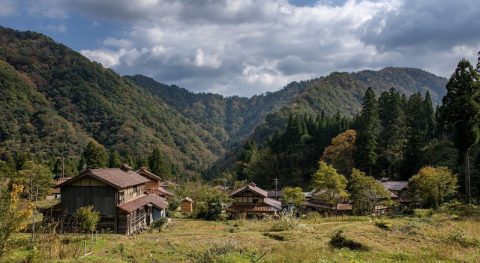
The Slow Fund: Rice Production with Ozuchi Village
Japan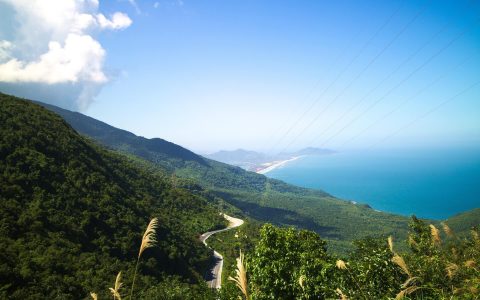
Take a Virtual Ride on the Hai Van Pass in Vietnam
Vietnam
How Three Cambodian Hotels Are Joining Forces to Feed Their Communities
Cambodia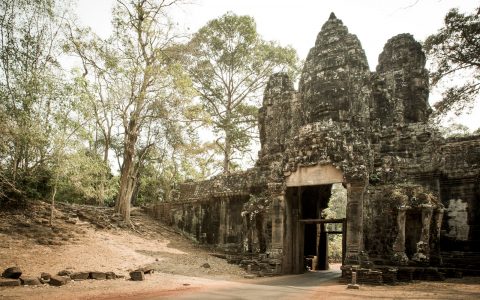
Meet Fin—B&R’s Expert Guide in Cambodia
Cambodia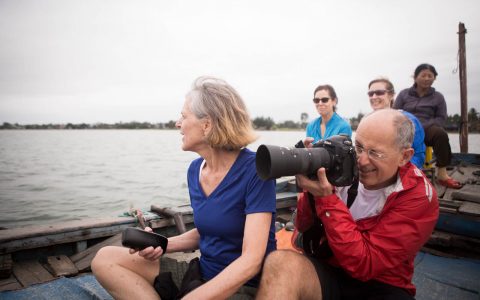
An Insider’s Eye on Vietnam: What to See and What to Skip, According to our Vietnam Expert
Vietnam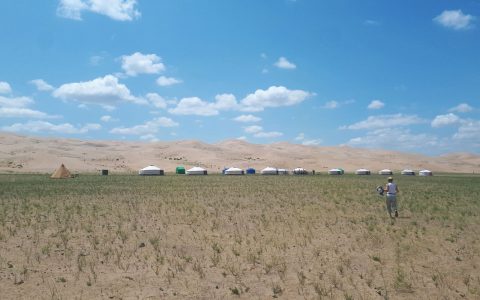
Photo Essay: Exulting in Mongolia’s Eternal Blue Sky
Mongolia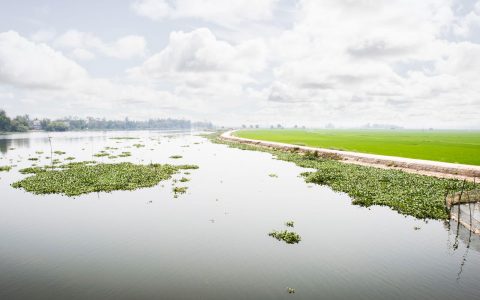
The Best Times of Year to Travel to Asia
Vietnam
Chris Litt: On Mongolia and the Desire to Disconnect
Mongolia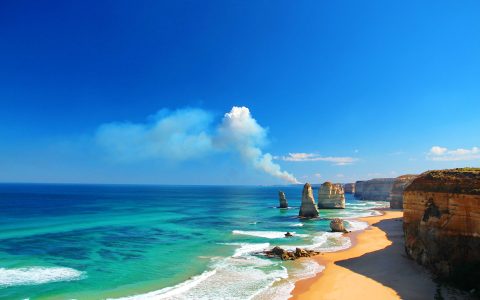
Top 6 Multi-Day Walks in Australia
Australia
The 8 Best Restaurants in Auckland
New Zealand
The 5 Best Restaurants in Wellington
New Zealand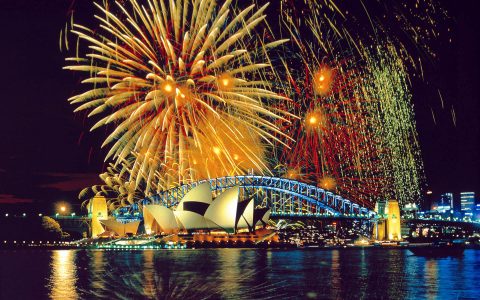
8 Reasons Why You Need to Take an Australian Adventure
Australia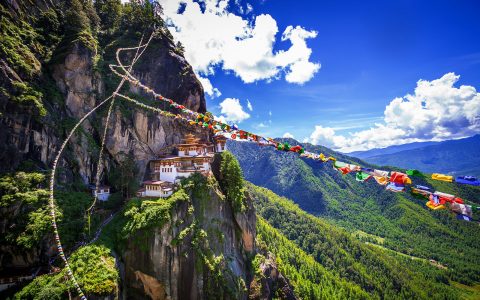
Cultural Quirks About Bhutan That Will Blow Your Mind
Bhutan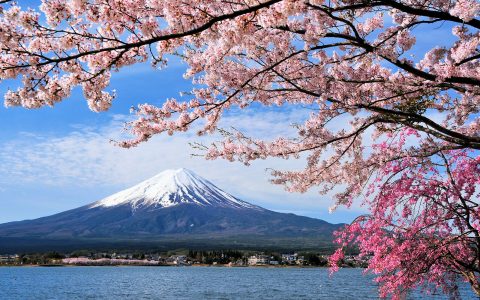
5 Things to Know Before You Go to Japan
Japan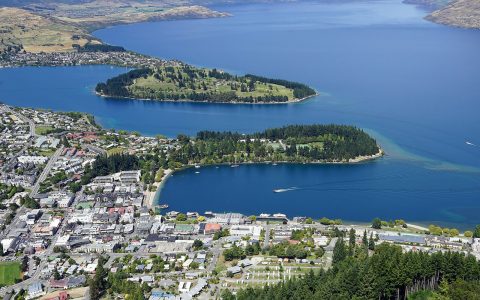
8 Favourite Restaurants to Eat in Queenstown
New Zealand
10 Must-Try Australian Wines
Australia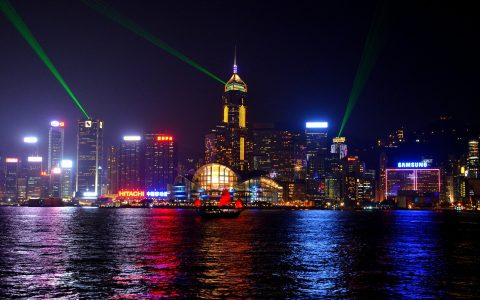
Where to Eat in Hong Kong: 7 Best Restaurants
China
A Kiwi’s Guide to Enjoying New Zealand
New Zealand